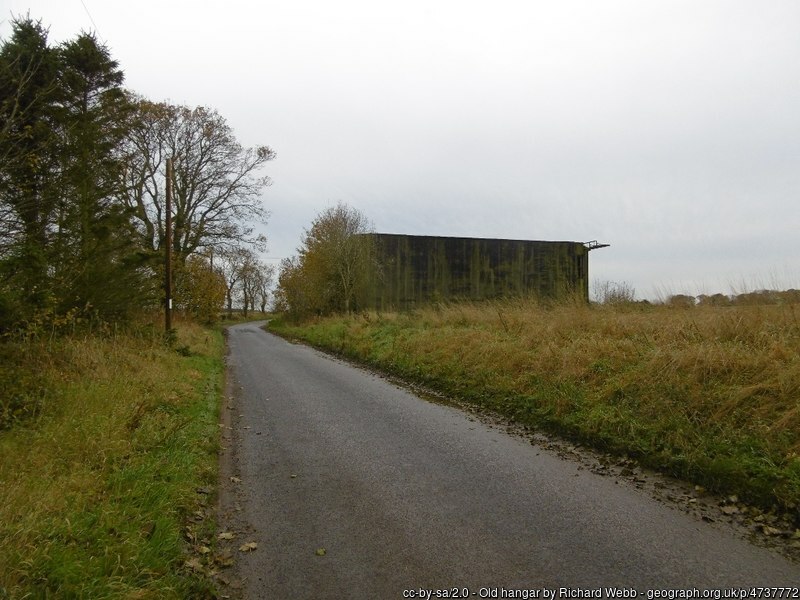Arbroath
| Also known as: | Aberbrothock / Arbroath Aerodrome / Condor Barracks / HMS Condor / RM Condor / RN Air Station, Arbroath / RNAS Arbroath |
| County: | Angus |
| Current Status: | Royal Marines barracks |
| Date: | 19 June 1940 - 31 March 1971; subsequent helicopter and winch launched gliding use |
| Current Use: | Closed to flying |
| Used By: | RAF / FAA (main user) / Civil |
| Landing Surface Types: | Paved |
| Aircraft Roles: | Airliner / Fighter / General aviation (winch launched gliding use) / Naval aviation (main role) / Trainer (winch launched gliding use) |
Arbroath was one of the busiest Fleet Air Arm (FAA) airfields during the Second World War, opening in June 1940 as HMS Condor. The site had four main runways, unusually two of these formed part of the perimeter track. A fifth much smaller runway was used for practice aircraft carrier landings, with a dummy deck painted on the tarmac. There were two main groups of hangars and other associated buildings, to the north-west and south-west of the site.
The airfield was used for training by the FAA throughout the Second World War, with one of the first units to arrive being No 767 Squadron carrying out deck-landing instruction. Other training activity that took place at Arbroath included Air Observer training using primarily Fairey Swordfish and later Fairey Albacore aircraft. This role was carried out by a number of squadrons from the end of 1940 to 1945.
Arbroath was also busy throughout the war with various other training for different roles such as Telegraphist Air Gunner (TAG) training. No 783 Squadron used a variety of aircraft types for Radar Training over six years from 1941. Arbroath became so busy that East Haven near Carnoustie was used by some of the Deck Landing units in 1943. Target Towing and Service trials were also carried out at Arbroath until 1944.
The majority of the training units had left or disbanded by the end of the war and from October 1948 the only permanently based unit at the airfield was the Fleet Air Arm Technical Engineering School. Other squadrons had detachments at Arbroath at various times, especially in the early 1950s. It was during this time that the site was home to Rear-Admiral (E) Reserve Aircraft (RARA) providing training for a number of different roles, such as work-up of operational squadrons. The Technical Engineering School moved to Lee-on-Solent on 31 March 1971 and the airfield was handed over to the Royal Marines as RM Condor for use as a barracks by 45 Commando. Helicopters of the Montforterbeek Flight of 3 Commando Brigade Air Squadron subsequently resided there until 1982, while gliding continued at the site with No 662 Volunteer Gliding Squadron until 2016. The Angus Gliding Club was also based at the site from 1970 into the 1990s.
The site is very well preserved and the runways, hangars and most of the support buildings survive from the Second World War.
The following organisations are either based at, use and/or have at least potentially significant connections with the airfield (as at 01/09/2011):
- 45 Commando Royal Marines
- Arbroath Library
- Ben Nowak Centre - sports facility
- (Royal Burgh of) Arbroath Community Council
Main unit(s) present:
- 3 Commando Brigade Air Sqn/Montforterbeek Flight
-
No 4 Ferry Flight
-
17th Carrier Air Group
-
No 65 Sqn
-
No 662 GS
-
No 662 VGS
-
No 703A Flight
-
No 735 Sqn
-
No 737 Sqn
-
No 740 Sqn
-
No 741 Sqn
-
No 751 Sqn
-
No 753 Sqn
-
No 754 Sqn
-
No 758 Sqn
-
No 767 Sqn
-
No 768 Sqn
-
No 769 Sqn
-
No 770 Sqn
-
No 771 Sqn
-
No 772 Sqn
-
No 778 Sqn
-
No 783 Sqn
-
No 787 Sqn
-
No 791 Sqn
-
No 800 Sqn
-
No 801 Sqn
-
No 802 Sqn
-
No 803 Sqn
-
No 807 Sqn
-
No 809 Sqn
-
No 810 Sqn
-
No 811 Sqn
-
No 813 Sqn
-
No 814 Sqn
-
No 815 Sqn
-
No 818 Sqn
-
No 819 Sqn
-
No 820 Sqn
-
No 821 Sqn
-
No 824A Flight
-
No 825 Sqn
-
No 826 Sqn
-
No 841 Sqn
-
No 845 Sqn
-
No 846 Sqn
-
No 880 Sqn
-
No 883 Sqn
-
No 885 Sqn
-
No 898 Sqn
-
No 1771 Sqn
-
Angus GC
- Condor GC
- Dan-Air
- Station Flight, Arbroath

The Torpedo Attack Trainer at Arbroath during the Second World War. © IWM (A 18247)
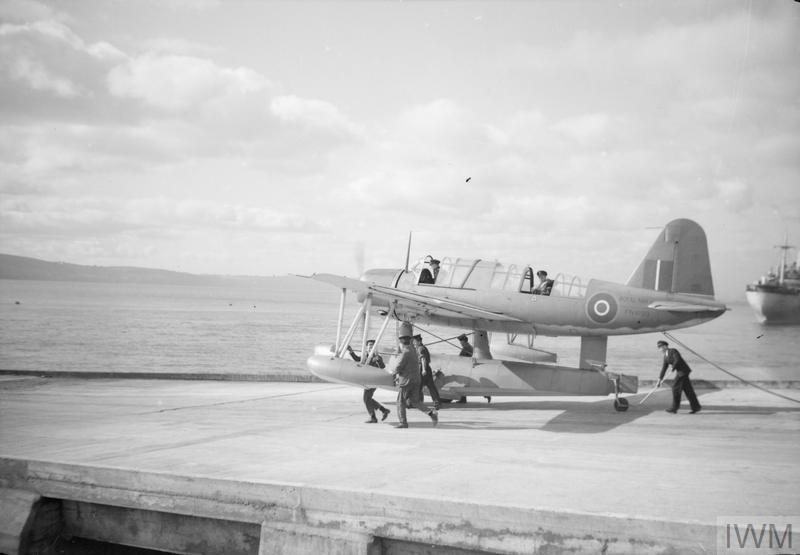
An American Vought-Sikorsky Kingfisher aircraft going down the slipway at Arbroath during the Second World War. © IWM (A 19568)

Fairey Albacores on the dummy aircraft carrier deck at Arbroath during the Second World War. © IWM (A 19574)

High Commissioner of New Zealand, Mr Jordan, visits Arbroath on 27 February 1942. © IWM (A 7668)
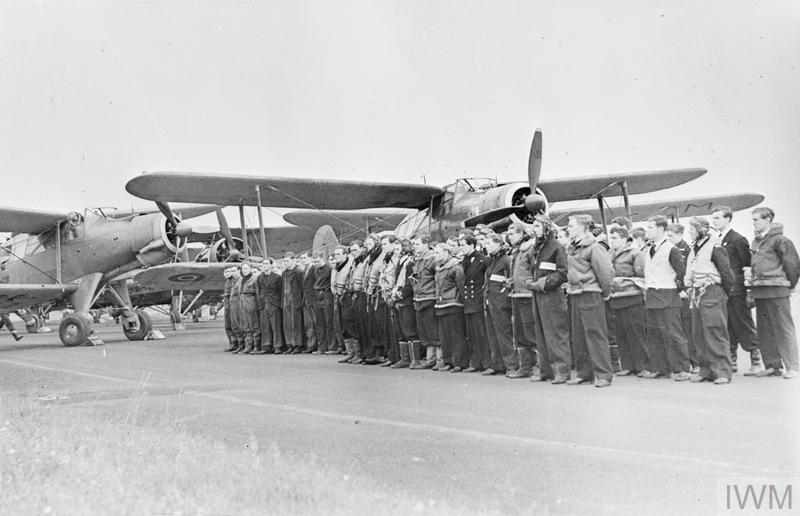
Fleet Air Arm pilots on parade for their first lesson in deck landings, September 1943. © IWM (A 19572)

Fairey Swordfish aircraft at Arbroath during the September 1943. © IWM (A 19573)

A deck landing control officer with a Fairey Albacore at Arbroath, September 1943. © IWM (A 19577)
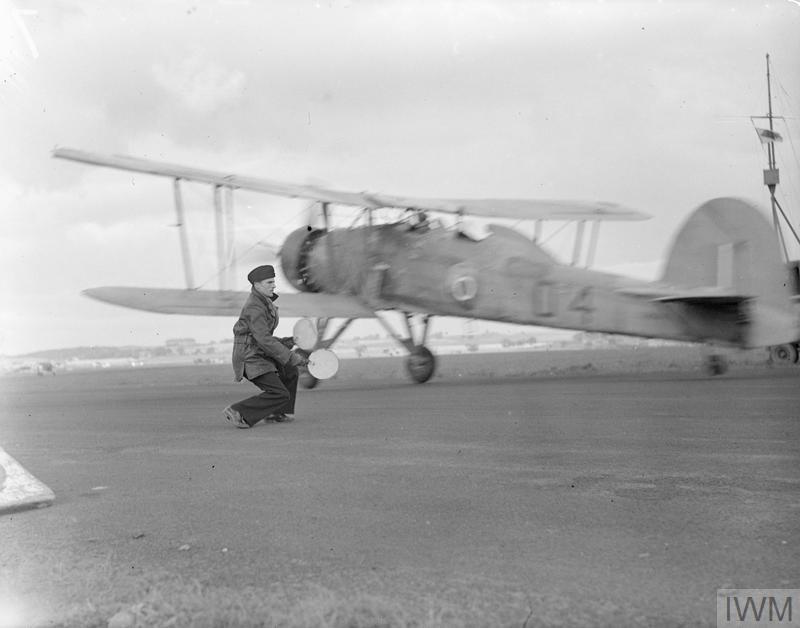
A deck landing control officer with a Fairey Swordfish at Arbroath, September 1943. © IWM (A 19578)

A Fairey Albacore carrying out a dummy deck landing at Arbroath, September 1943. © IWM (A 19576)
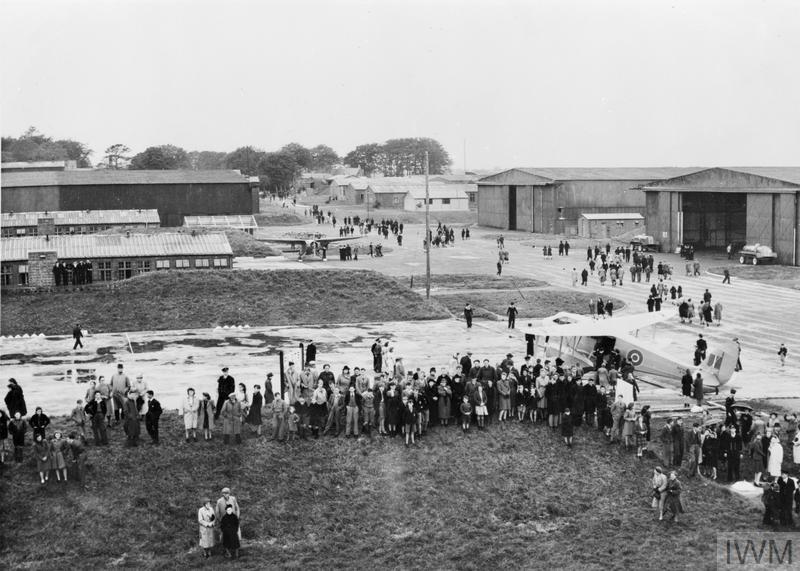
A Naval Air Day at Arbroath on 19 September 1945. © IWM (A 30667)
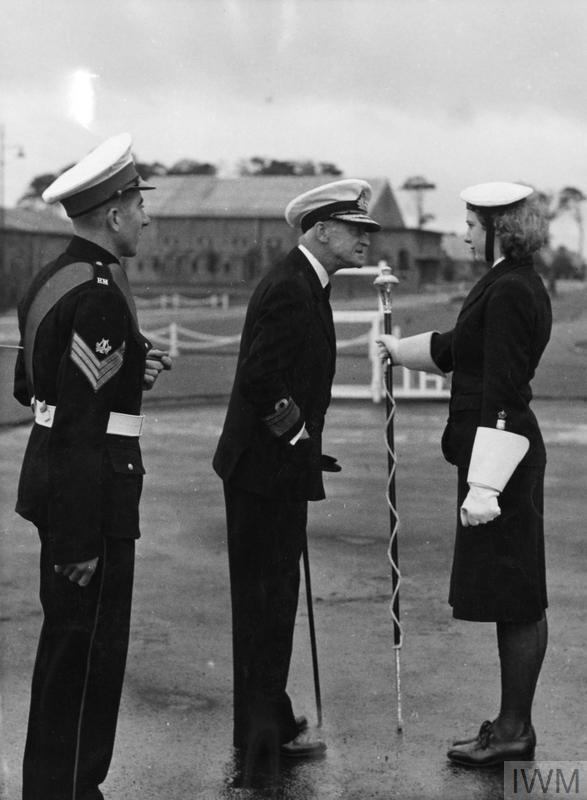
Vice Admiral Creasy, CB, CBE, DSO, MVO, visits Arbroath in September 1948. © IWM (A 31473)

Oblique aerial view of Arbroath, taken from the north-west, 20 May 2008. © Crown Copyright: Historic Environment Scotland. Licensor canmore.org.uk

Oblique aerial view of Arbroath, taken from the south-west-west, 20 May 2008. © Crown Copyright: Historic Environment Scotland. Licensor canmore.org.uk

Oblique aerial view of Arbroath, taken from the west, 20 May 2008. © Crown Copyright: Historic Environment Scotland. Licensor canmore.org.uk
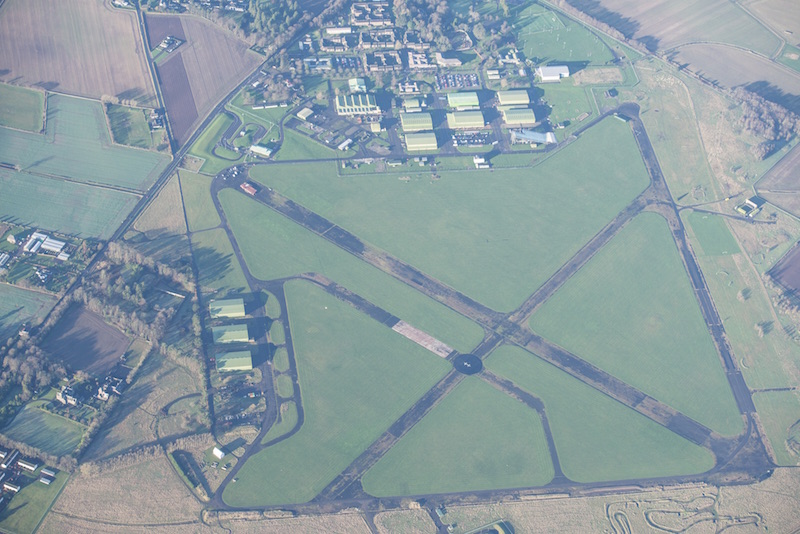
Oblique aerial view of Arbroath, looking north-west, 2 December 2014. © Crown Copyright: HES. Licensor canmore.org.uk
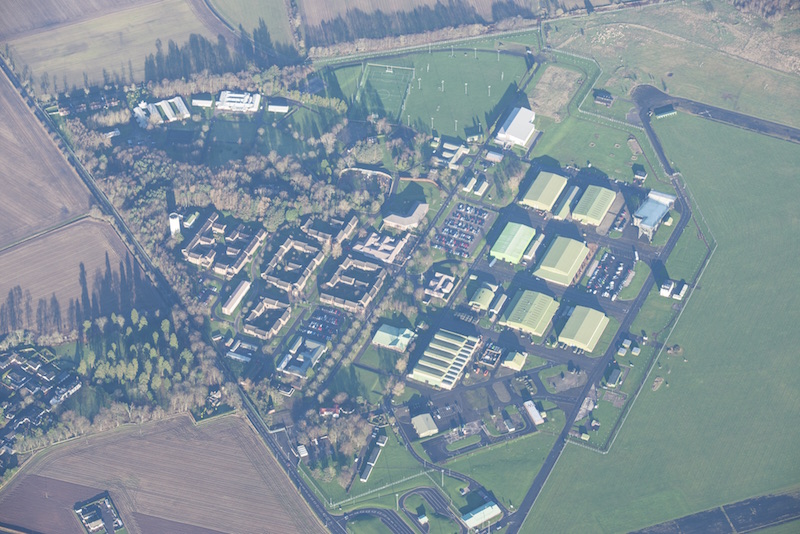
Oblique aerial view of Arbroath, looking north, 2 December 2014. © Crown Copyright: Historic Environment Scotland. Licensor canmore.org.uk
Royal Navy Sea King helicopter training at Arbroath, 1982. Courtesy of RM45Cdo82

Plan of Arbroath, c. late 1940s. © Royal Navy Research Archive. Click here for more information.
| Satellite(s): | |
| Decoy Airfield(s): |
